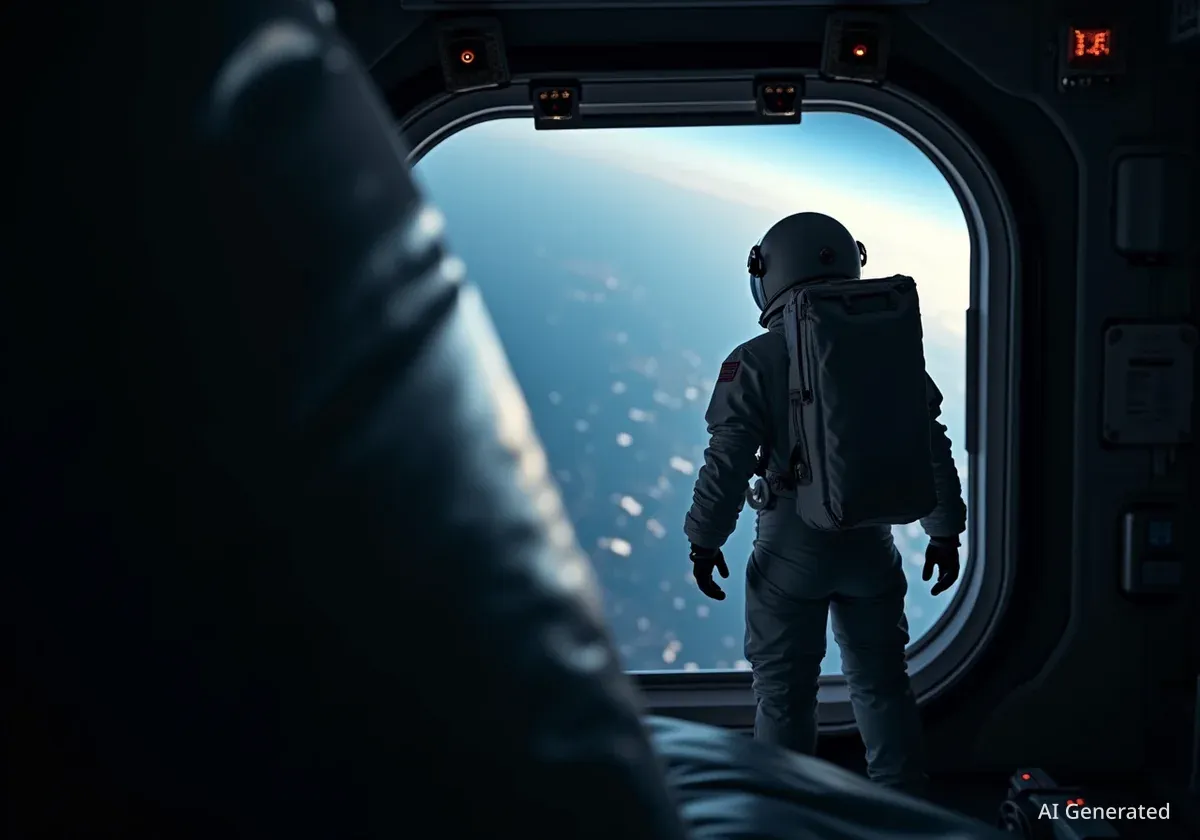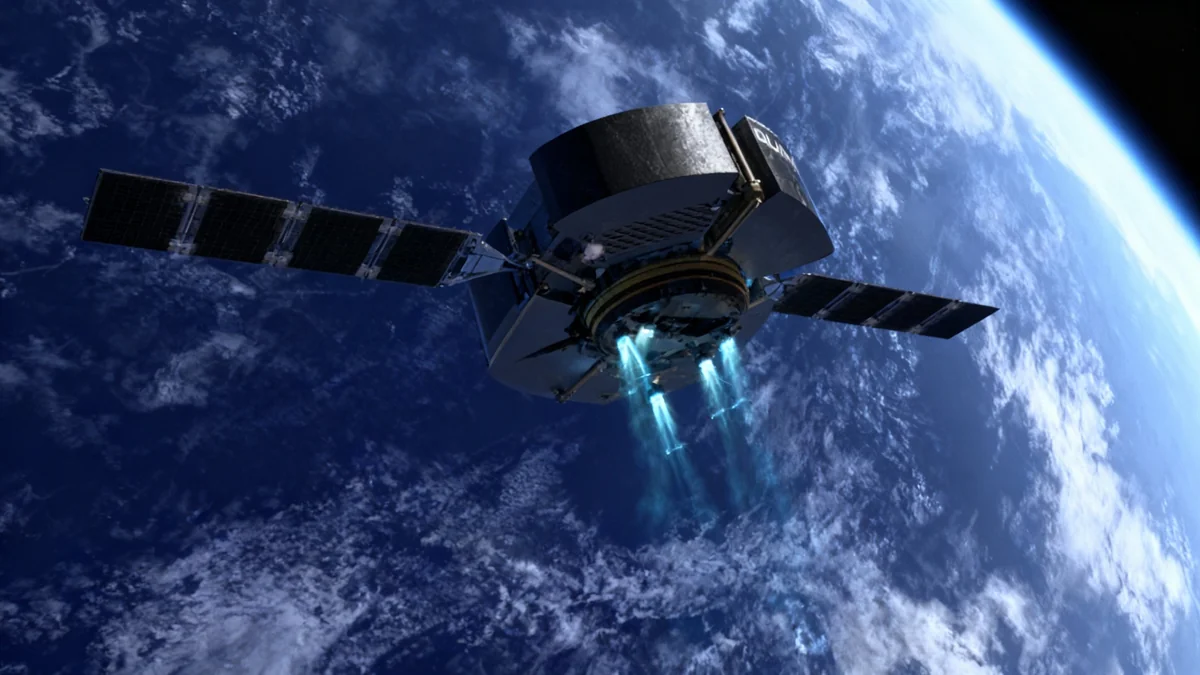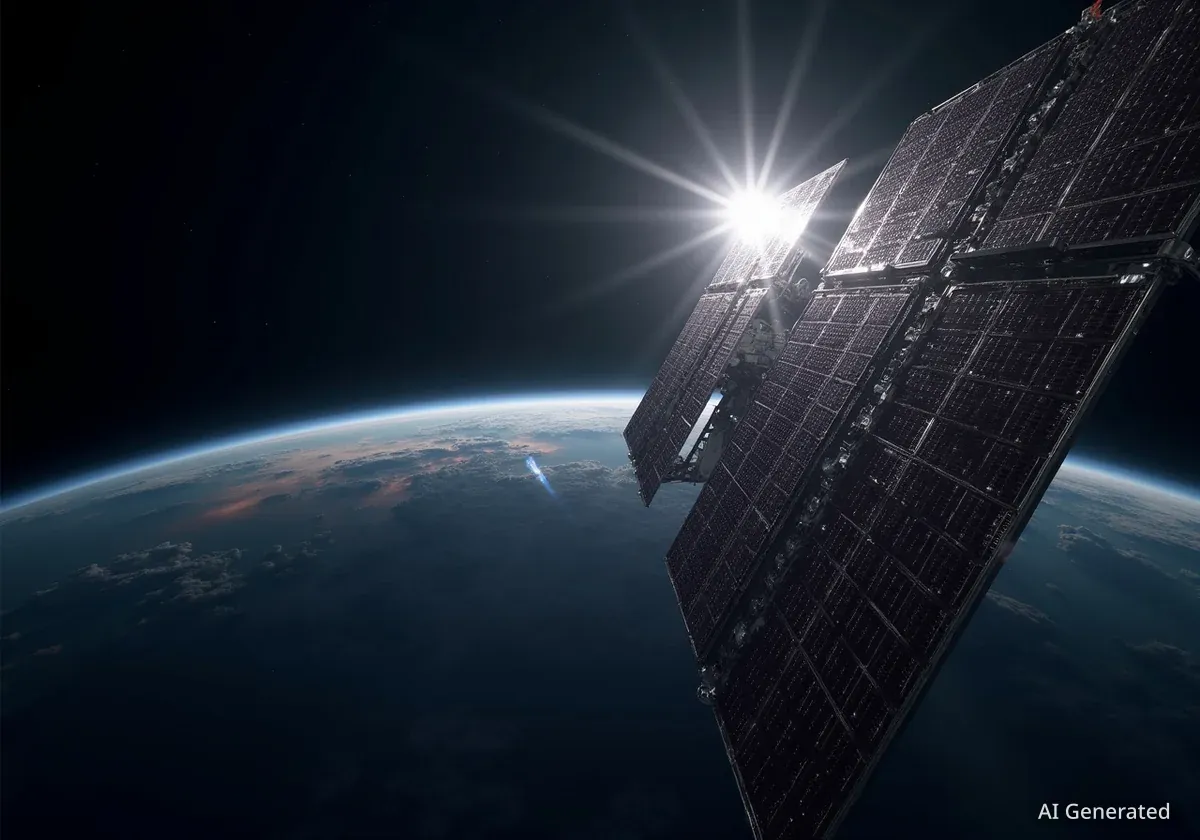The Expedition 73 crew aboard the International Space Station (ISS) focused on a series of advanced scientific experiments on Monday, September 29, 2025. Key activities included configuring materials physics research, installing a technology demonstration designed to capture orbital debris, and conducting studies on human physiology in microgravity.
Key Takeaways
- NASA astronauts configured a foam physics experiment with potential applications in medicine and firefighting.
- A new inflatable capture bag, the Voyager Flytrap, was installed to test its ability to capture orbital debris.
- Japanese and Russian crew members conducted materials science research and cardiovascular studies.
- The crew also performed routine maintenance, cargo operations, and emergency procedure checks.
Advanced Materials Science in Microgravity
A significant portion of the day's work centered on experiments exploring how materials behave differently in space. In the European Space Agency's Columbus laboratory module, NASA Flight Engineers Mike Fincke and Jonny Kim began by preparing the Fluid Science Laboratory for a foam coarsening investigation.
The astronauts gathered the necessary hardware and installed specialized foam samples. This research examines the properties of foam in the absence of gravity, which could lead to improvements in manufacturing and product development on Earth. According to NASA, potential applications range from food and medicine to advanced firefighting techniques.
High-Temperature Research in Kibo Lab
Meanwhile, in the Japanese Kibo laboratory module, JAXA Flight Engineer Kimiya Yui worked with the Electrostatic Levitation Furnace. This unique device uses lasers to heat materials to extremely high temperatures without physical contact.
Yui configured cables and swapped out sample hardware for the furnace. By observing materials in a containerless, superheated state, scientists can measure thermophysical properties that are difficult or impossible to obtain under Earth's gravity. This data is valuable for developing new alloys and glasses for industrial use.
Why Study Materials in Space?
Gravity significantly influences processes like crystal growth, fluid dynamics, and combustion. By conducting these experiments in the microgravity environment of the ISS, researchers can isolate and understand fundamental physical properties, leading to breakthroughs in materials science and manufacturing that are not possible on the ground.
Testing New Technology for Space Cleanup
A major focus on Monday was the installation of a new technology demonstration aimed at addressing the growing problem of orbital debris. Mike Fincke moved to the Tranquility module to install the Voyager Flytrap experiment inside the NanoRacks Bishop airlock.
The Flytrap is designed to test an innovative inflatable capture bag. The experiment will verify the bag's ability to deploy, inflate, and securely capture objects in space while remaining airtight. This technology could one day be used to clean up space junk or to retrieve sample containers returning from missions to the Moon and Mars.
The European Space Agency estimates there are over 36,500 pieces of debris larger than 10 cm orbiting Earth. Technologies like the Voyager Flytrap are crucial for ensuring the long-term safety and sustainability of space operations.
Preparing the Airlock for Deployment
Following Fincke's installation, Jonny Kim and NASA Flight Engineer Zena Cardman took over operations at the Bishop airlock. They configured the airlock for the upcoming deployment and testing of the Flytrap system.
After completing the setup, Cardman closed the airlock's hatch and initiated the depressurization process, a critical step before the airlock is opened to the vacuum of space for the experiment to begin. The successful demonstration of this technology could also support future space mining operations on small asteroids.
Crew Health and Station Maintenance
Alongside the complex science experiments, the crew also dedicated time to human health research and routine station upkeep. In the Russian segment, Station Commander Sergey Ryzhikov and Flight Engineer Alexey Zubritsky participated in a Roscosmos investigation into the human circulatory system.
The cosmonauts took turns wearing specialized cuffs on their arms, wrists, and fingers. These devices measure how blood circulates through the extremities, providing valuable data on how the cardiovascular system adapts to long-duration spaceflight.
"Understanding how the human body changes in space is essential for planning future long-term missions, including journeys to Mars," a Roscosmos medical officer recently stated.
Routine Operations and Cargo Management
The day was also filled with standard operational tasks necessary to keep the station running smoothly. Earlier in her shift, Zena Cardman performed a checkout of the seating configuration inside the docked SpaceX Dragon spacecraft as part of standard emergency preparedness drills.
Kimiya Yui continued unpacking scientific equipment and supplies from the Northrop Grumman Cygnus XL cargo craft. This particular spacecraft is named the S.S. William “Willie” McCool, in honor of the NASA astronaut who perished in the 2003 space shuttle Columbia accident. A poster of McCool is displayed inside the craft.
In the Russian segment, Commander Ryzhikov inspected the seals on docking module hatches and cleaned ventilation fans. Flight Engineers Alexey Zubritsky and Oleg Platonov worked together to install a docking mechanism on the Poisk module. Later, Platonov completed a fitness evaluation on the Zvezda service module's treadmill before performing maintenance on the ventilation system in the Nauka science module.





